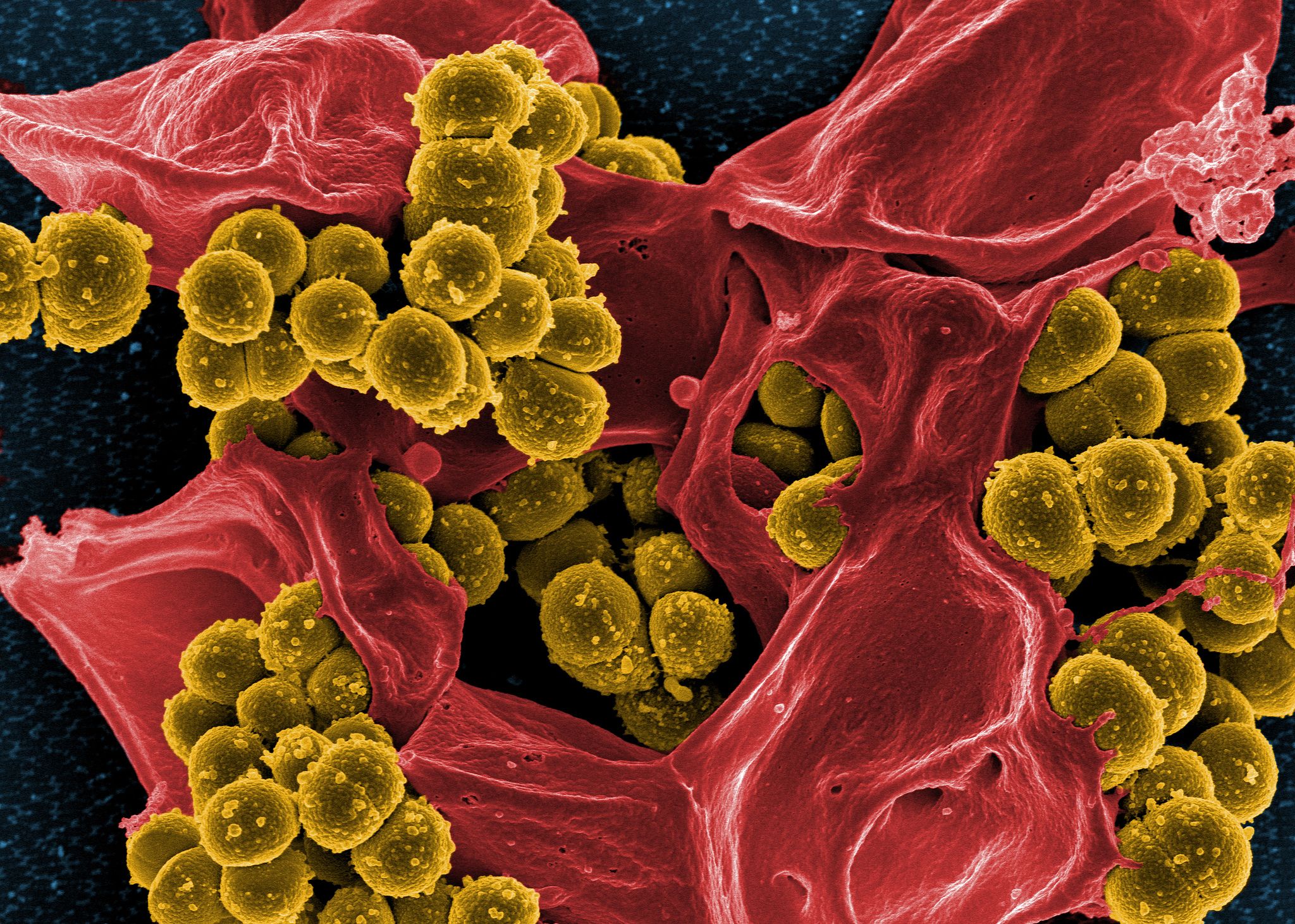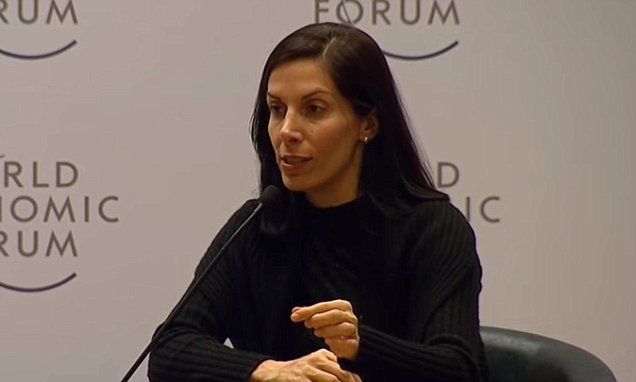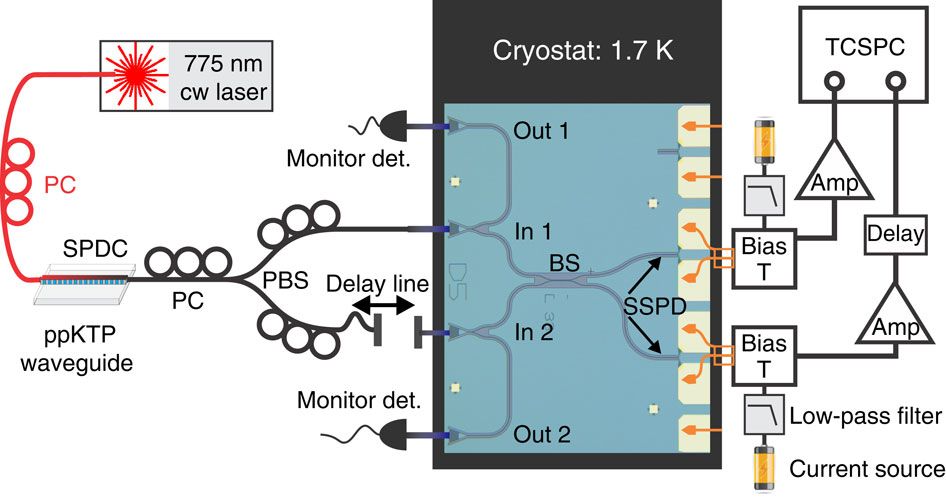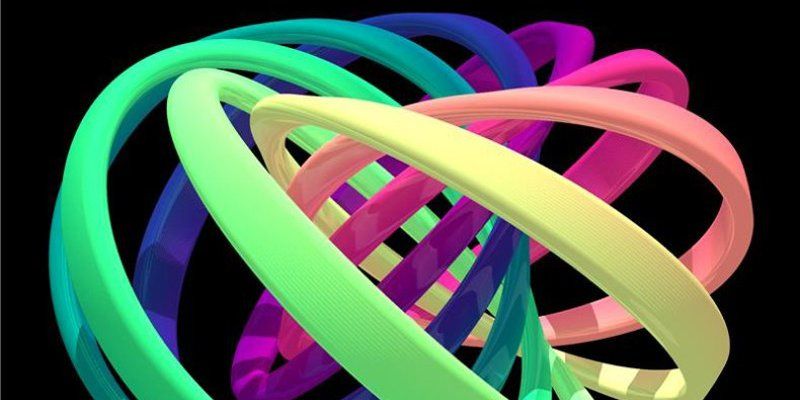Another Quantum Breakthrough through ultra- low temp nanoelectronics- Sub-millikelvin nanoelectronic circuits and is another step on the way to develop new quantum technologies including quantum computers and sensors.
The first ever measurement of the temperature of electrons in a nanoelectronic device a few thousandths of a degree above absolute zero was demonstrated in a joint research project performed by Lancaster University, VTT Technical Research Centre of Finland Ltd, and Aivon Ltd.
The team managed to make the electrons in a circuit on a silicon chip colder than had previously been achieved.
Dr Rich Haley, Head of Ultra Low Temperature Physics at Lancaster, said: “This is a notable achievement in that the team has finally broken through the 4 millikelvin barrier, which has been the record in such structures for over 15 years.”









